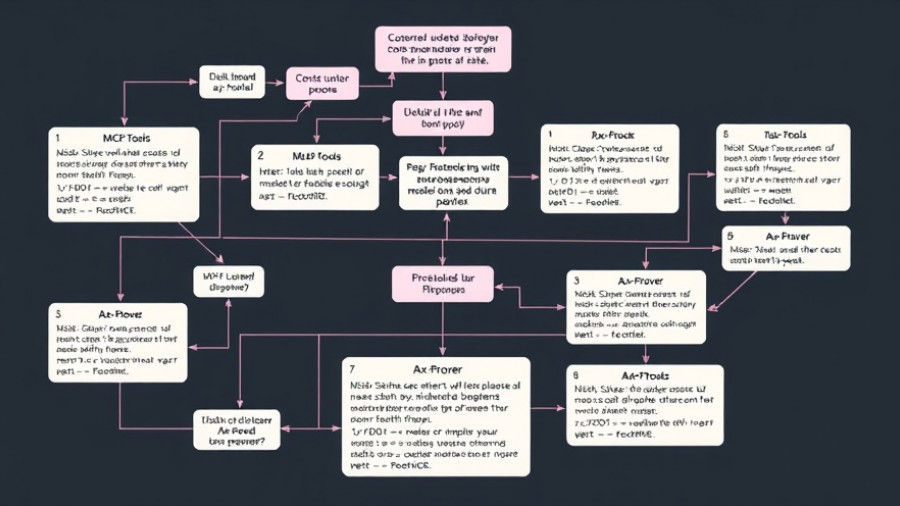
Understanding Hybrid Reasoning AI: The Claude 3.7 Sonnet
Anthropic's Claude 3.7 Sonnet represents a paradigm shift in the realm of artificial intelligence, particularly in how AI models handle reasoning tasks. By leveraging a hybrid reasoning approach, Claude can swiftly toggle between simple and complex computational modes. This innovation not only maximizes efficiency but also optimizes operational costs associated with advanced AI systems.
The Significance of Hybrid Reasoning
The core concept behind hybrid reasoning is simple yet transformative. Instead of treating all inquiries with a uniform computational intensity—similar to how humans approach problems with varying levels of thought—Claude 3.7 Sonnet can decide how deeply it needs to engage its reasoning processes. This method has the potential to significantly reduce the financial burden organizations face when deploying AI technologies, allowing for more effective resource allocation.
Why It Matters in Today’s Economy
As businesses increasingly adopt AI systems, the costs associated with these technologies have grown deep. Maya Murad from IBM Research highlights that not every question necessitates an extensive 32-second contemplation. The shift towards a hybrid reasoning model allows companies to manage their AI resources effectively, aligning computational depth with task complexity. This capability will be crucial for enterprises navigating the challenging landscape of AI economics.
The Mechanisms Behind Claude 3.7’s Capabilities
Claude’s hybrid reasoning model integrates instant response capabilities with a structured reasoning process for complex problems. For instance, it can provide immediate answers for straightforward queries while also breaking down intricate issues step-by-step. This transparency into its reasoning process not only enhances usability but also builds trust among users, a critical factor in AI adoption across industries like healthcare and finance, which require compliance with strict regulations.
Performance and Cost Efficiency
One of Claude’s standout features is its ability to operate under a dual-mode thinking framework, which offers enhanced speed while maintaining accurate problem-solving capabilities. Remarkably, it has been reported that Claude can perform tasks 20-30% faster compared to previous models, coupling this improvement with up to a 40% reduction in costs for heavier computational tasks. This efficiency will be particularly beneficial for organizations focusing on high-volume processes or needing extensive analyses.
Emerging Trends in AI: The Road Ahead
Looking ahead, it’s crucial to consider how hybrid reasoning might evolve. The next steps could involve developing smarter self-regulation systems within AI, allowing models like Claude to autonomously discern when to engage in deeper reasoning without external input. Such advancements will ensure that AI systems remain efficient, intelligent, and user-friendly, solidifying their role within various sectors.
Conclusion: A Step Toward Integrated AI Thinking
As AI technologies continue to advance, understanding the intricacies of hybrid reasoning models like Claude 3.7 Sonnet will become essential. This model not only signifies a leap forward in AI functionality but also highlights the importance of efficient resource usage in an economically-driven digital landscape. Embracing these innovations will be key for businesses looking to harness the full potential of AI while curbing unnecessary costs.
 Add Row
Add Row  Add
Add 




Write A Comment